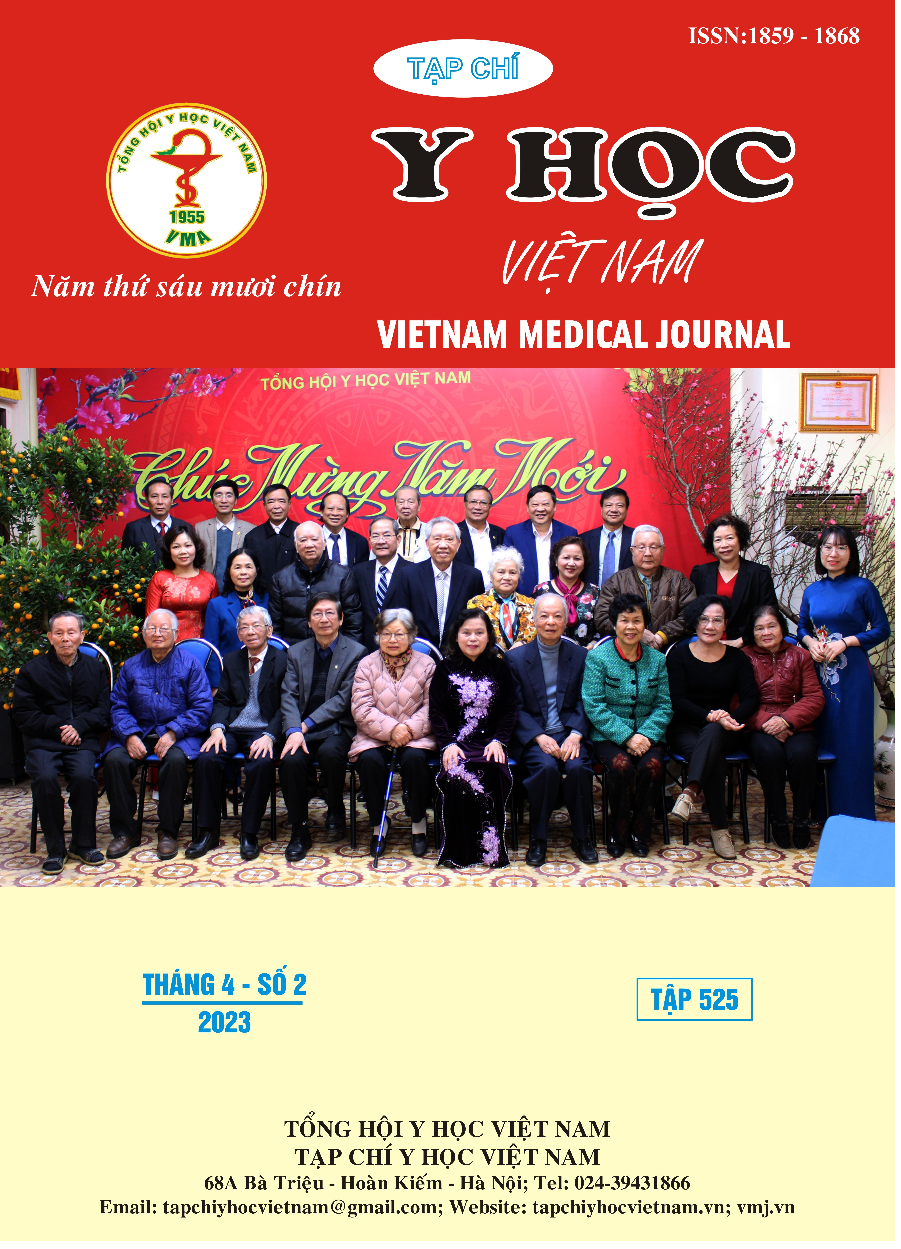CLINICAL AND PARA-CLINICAL CHARACTARISTICS OF ABDOMINAL WOUND INFECTION IN NATIONAL HOSPITAL OF OBTETRICS AND GYNECOLOCY
Main Article Content
Abstract
Objective: Research on clinical and paraclinical characteristics of superficial postoperative abdominal wound infection. Methods: This is a prospective observational study. Results: The common characteristics of both groups of patients with superficial postoperative abdominal wound infection are the prevalence of overweight and obesity accounted for about 70% and the average BMI over 23. The average time of occurrence of superficial wound infection was 12,6 ± 6.2 days. Common clinical symptoms are swelling, pain at the incision, drainage and incision. Bacterial culture results were positive, accounting for 29.3%, pathogenic bacteria often encountered Staphylococcus aureus. Conclusion: Surgical site infection is common in obese and overweight patients. Common clinical symptoms are swelling, pain at the incision site, drainage and incision, bacteria that cause the disease, Staphylococcus aureus is common.
Article Details
Keywords
abdominal wound infection, medical plasma, Body mass index (BMI).
References
2. J. S. Bagratee, J. Moodley, I. Kleinschmidt et al (2001). A randomised controlled trial of antibiotic prophylaxis in elective caesarean delivery. BJOG. 108(2),143-148.
3. Phạm Văn Tân (2016). Nghiên cứu nhiễm khuẩn vết mổ các phẩu thuật tiêu hóa tại khoa ngoại bệnh viện Bạch mai, Luận án Tiến sỹ Y học, Học viện Quân Y, Hà Nội.
4. Nguyễn Thị Phương Thảo (2016). Nghiên cứu nhiễm khuẩn vết mổ thành bụng sau mổ lấy thai được điều trị tại Bệnh viện Phụ sản Trung ương từ tháng 11/2014 đến tháng 8/2016, Luận văn tốt nghiệp Bác sỹ nội trú, Đại học Y Hà Nội, Hà Nội.
5. D. Chelmow, E. J. Rodriguez, M. M. Sabatini (2004). Suture closure of subcutaneous fat and wound disruption after cesarean delivery: a meta-analysis. Obstet Gynecol. 103(5 Pt 1),974-980.
6. Vũ Bá Quyết, Nguyễn Quảng Bắc (2017). Đánh giá tác dụng hổ trợ của Plasma lạnh trong điều trị nhiễm khuẩn vết mổ thành bụng sau mổ lấy thai. Tạp chí sản phụ khoa. 15(3),36-39.
7. Lê Thị Thanh Vân (2011). Nhận xét điều trị viêm niêm mạc tử cung sau đẻ tại Bệnh viện Phụ sản Trung ương trong 2 năm 2008-2009. Y học thực hành. 5(765),70-73.


